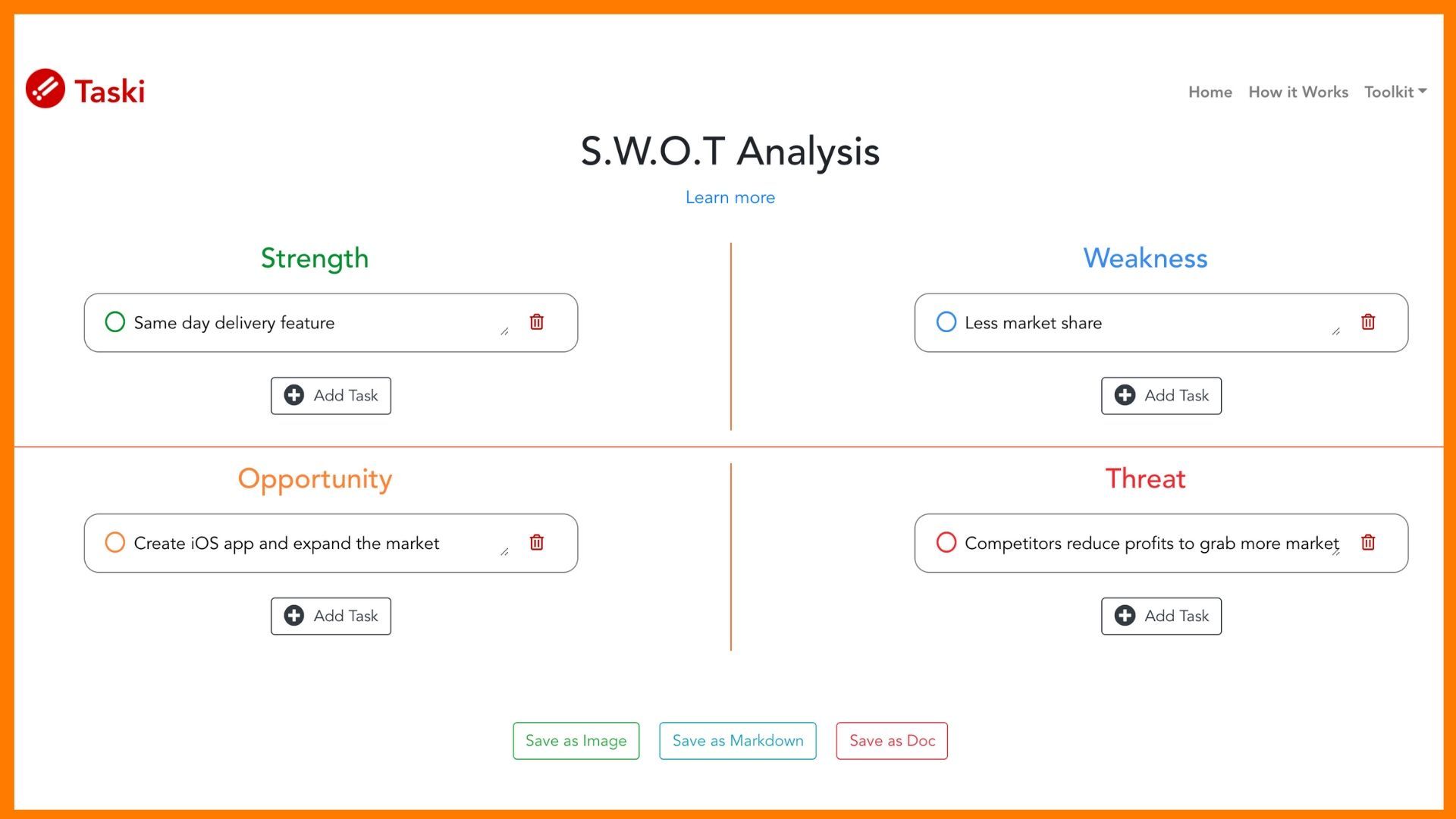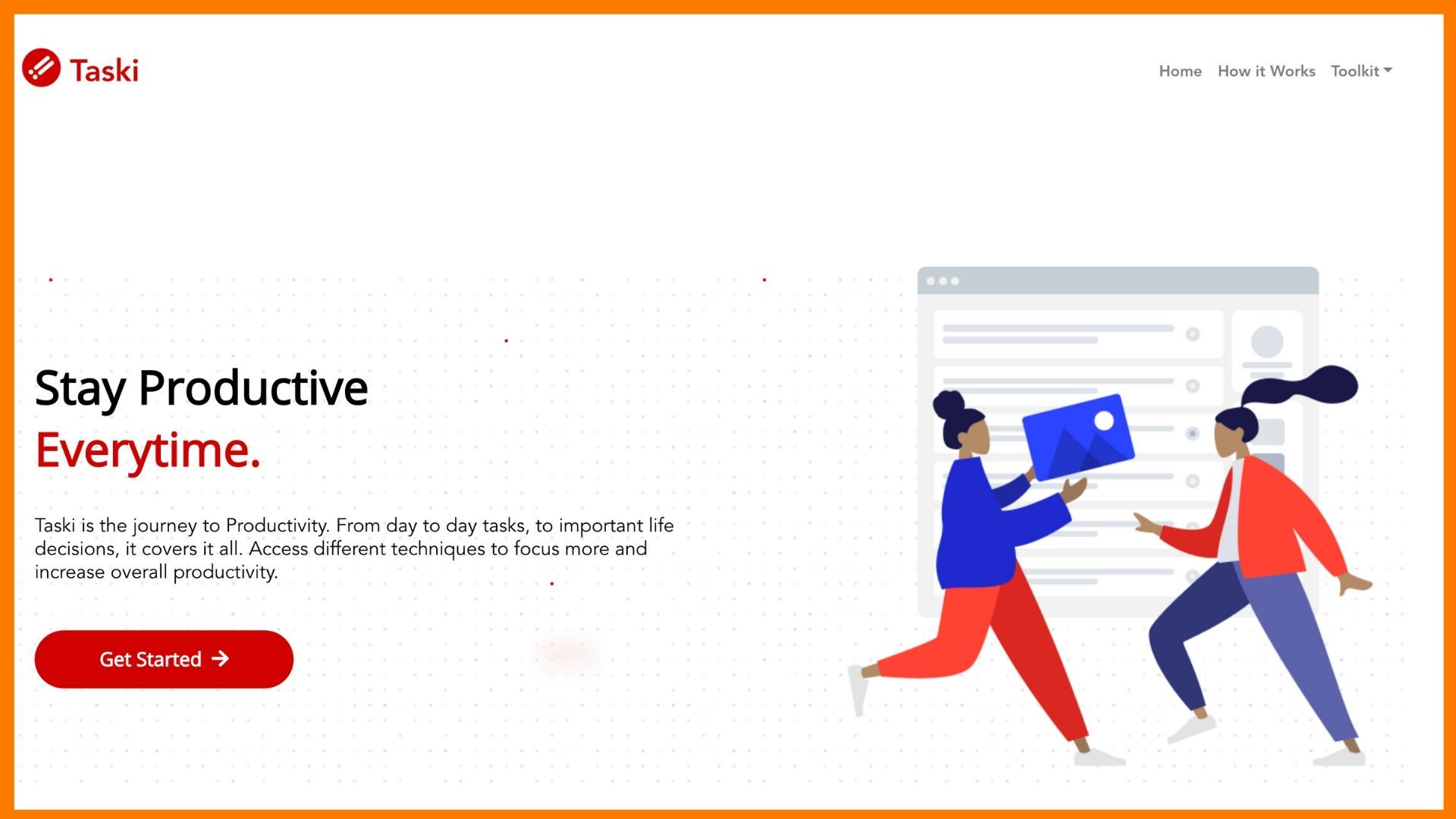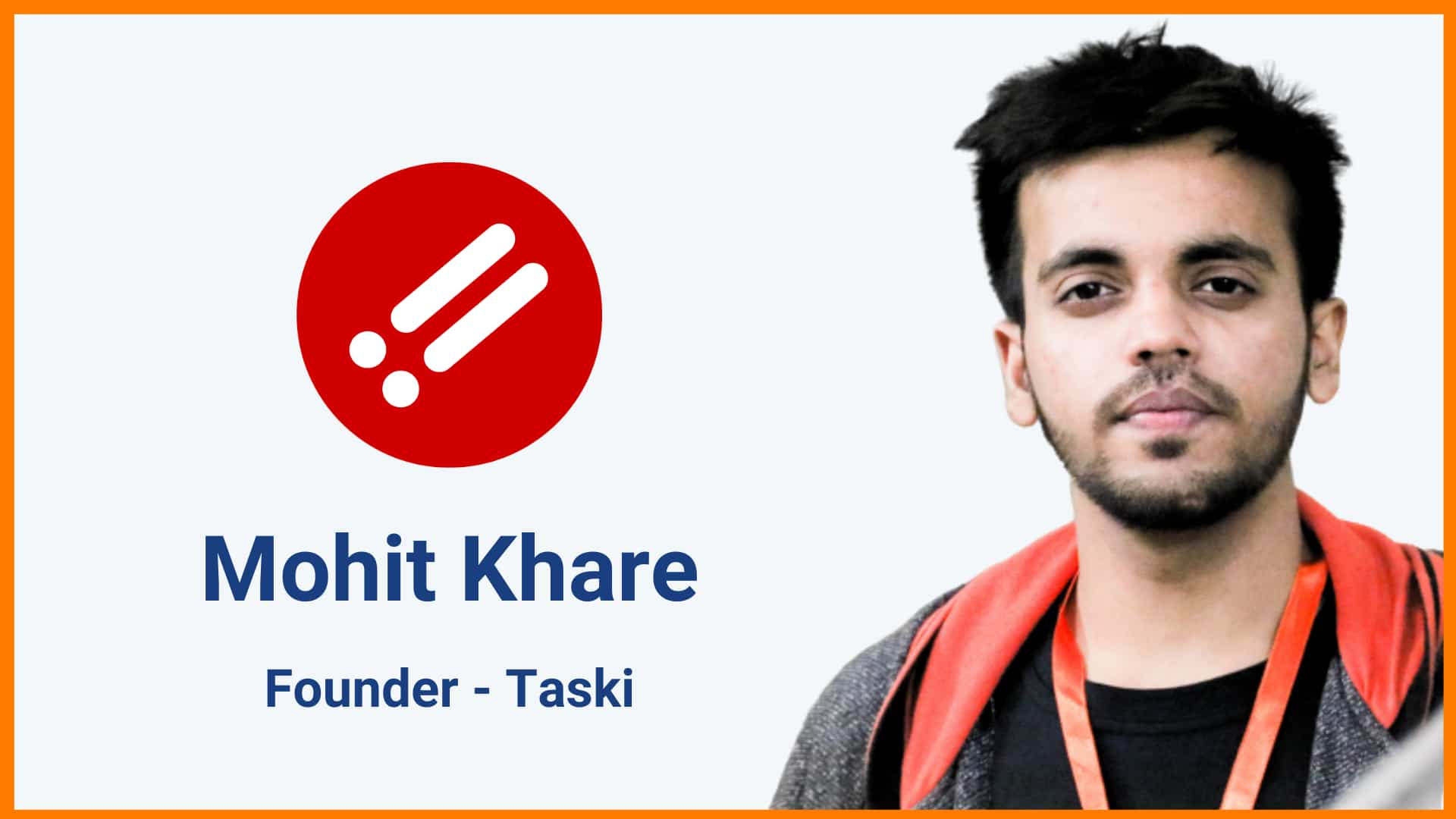In the world of modern software development, the expectations of the software products we use are getting increasingly higher, and the demands on the team’s software development process are increasing proportionally.
In a world where distributed teams and remote work is here to stay, it is also of crucial importance to keep the development cycle open, transparent, and allowing more close collaboration on the team.
Teams seem to struggle with the same recurring issues: Code reviews that are taking forever, PRs that cannot get merged due to missing dependencies from other branches, an almost grotesque meantime to restore a bug and a missing overview of the lead time it takes to ship a new feature. These issues are exactly what inspired Simon to create Sigmetic.io to gain insight into these processes. Because, essentially, that is the only way we can start improving!
Sigmetic – Company Highlights
| Startup Name | Sigmetic |
|---|---|
| Headquarter | Copenhagen |
| Sector | Technology |
| Founder | Simon Høiberg |
| Founded | 2020 |
| Legal Name | Silind Software ApS |
| Website | sigmetic.io |
| Contact | contact@sigmetic.io |
About Sigmetic and How it Works
Sigmetic – Target Market Size
How was Sigmetic Started?
Sigmetic – Product/Services
Founders of Sigmetic and team
Sigmetic – Startup Launch
Sigmetic – Startup Challenges
Also read: Taski – Your Journey to Productivity with Better Decisions!
About Sigmetic and How it Works
Sigmetic is a toolkit for the data-driven software team. It collects data from your GitHub organization and provides a full picture of the habits and trends in your team by exposing various KPI metrics from the team’s performance. The founder believes that continuous improvement starts with insight.

We already have a series of useful tools for monitoring the performance of our servers and infrastructure, but if we really want to secure the quality of the products we ship, we need to start applying the same effort on monitoring the team’s development processes. That’s what Sigmetic is all about!
Sigmetic – Target Market Size
Sigmetic is in the industry somewhere between a productivity tool and an analytics tool. We mostly consider this a productivity tool for development teams, and according to BusinessWire, “the business productivity software market is expected to register a CAGR of 12.6% during the forecast period 2019-2024.”
We believe that analytics tools used for team behavior and performance will have a significant role in the future. With the rise of Machine Learning, we also believe that performance prediction and estimates will be impactful – an area where we see Sigmetic fit in the future.
How was Sigmetic Started?
In Simon’s career as a freelance consultant, he noticed how teams seem to struggle with the same recurring issues: Code reviews that are taking forever, PRs that cannot get merged due to missing dependencies from other branches, an almost grotesque meantime to restore a bug and a missing overview of the lead time it takes to ship a new feature.
Simon initially spoke with the managers that he was working with at the time, and they were thrilled about the idea. They had but one important request – the ability to embed the KPIs on their already existing dashboards. After talking to managers in other companies, there seemed to be a general interest in the idea, and the ability to easily embed the KPIs seemed to be a shared request as well.
The initial research was overly qualitative and feedback only came from a small set of managers from companies that Simon Høiberg, founder of Sigmetic, had worked with earlier.
He created 3 prototypes of embeddable KPI Widgets and created a landing page. He also added the ability to sign up for early access, offering a forever-free-account. The landing page went public and Sigmetic got a lot of interest and sign-ups.
Relevant read: How to Boost Productivity- Make Every Minute Count With These Hacks
Sigmetic – Product/Services
The building blocks that make up Sigmetic, are the various KPI Widgets that you find in the Widget Library. You can use these widgets to compose your own dashboards exactly the way it makes sense to you and your team.

Sigmetic connects to your GitHub account and collects data from the developer behavior. This enables you to visualize metrics such as commit trends, issue burnup, meantime to review, and much more. It provides a full picture of the habits and trends in your team, but it also enables you to narrow in on the potential bottlenecks that may hold your team back.
“I guess we pivoted very slightly from the initial idea of Sigmetic, which was more oriented about performance – today, Sigmetic focuses more on trends and behavior”, says Simon, owner of Sigmetic.
Founders of Sigmetic and team
Simon Høiberg is the founder and CEO of Sigmetic.

He has two permanent consultants that are involved on a freelance basis. But they are not a core part of the team, per say.
Sigmetic – Startup Launch
Sigmetic’s primary channel of communication and marketing has been Twitter. The startup runs ads through its ad-program, but the biggest source of acquisition has been through content marketing.
I’m deeply passionate about open-source, so we have open-sourced one of the most essential parts of the technology stack, Direflow, which is used to create embeddable micro-frontends, says Simon, founder of Sigmetic.
Direflow was started just before the development of Sigmetic and has been a part of the very first prototype. Additionally, they’ve published blogs about how they build various parts of the platform, and – in general – been very generous with sharing as much as they can. That part has been the biggest lead-generator, by far.
Also read: How to Do Competitors Analysis for The Website?
Sigmetic – Startup Challenges
Getting proper feedback, in the beginning, was surprisingly difficult! A lot of users were keen on signing up before the initial launch, and a lot of users immediately churned without leaving any kind of comment or feedback. When reaching out on email, users were mostly unresponsive.
The team implemented a chat directly in the application that would forward the message to a designated Slack channel. That helped a lot. They also benefited from channels such as Reddit’s startup for finding beta-testers. But generally speaking, getting people into a conversation was a huge challenge.




